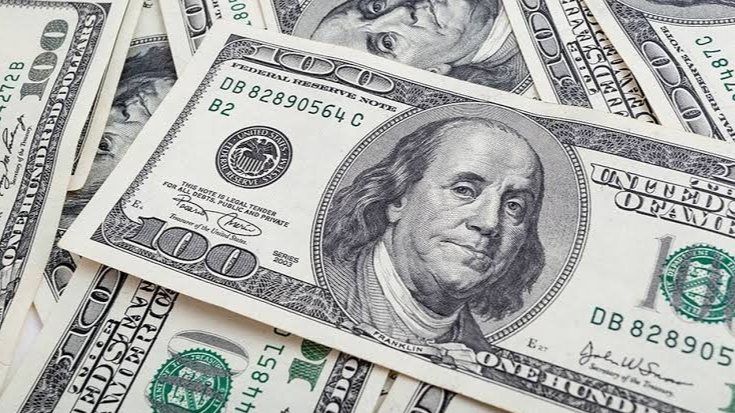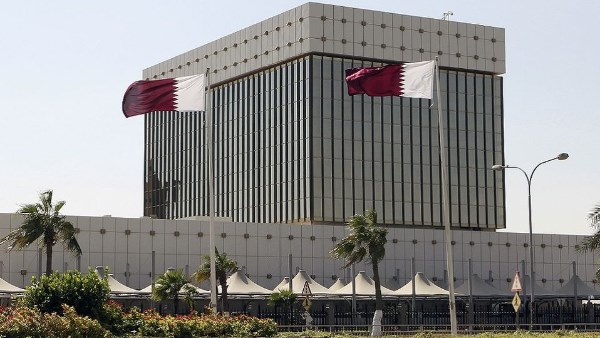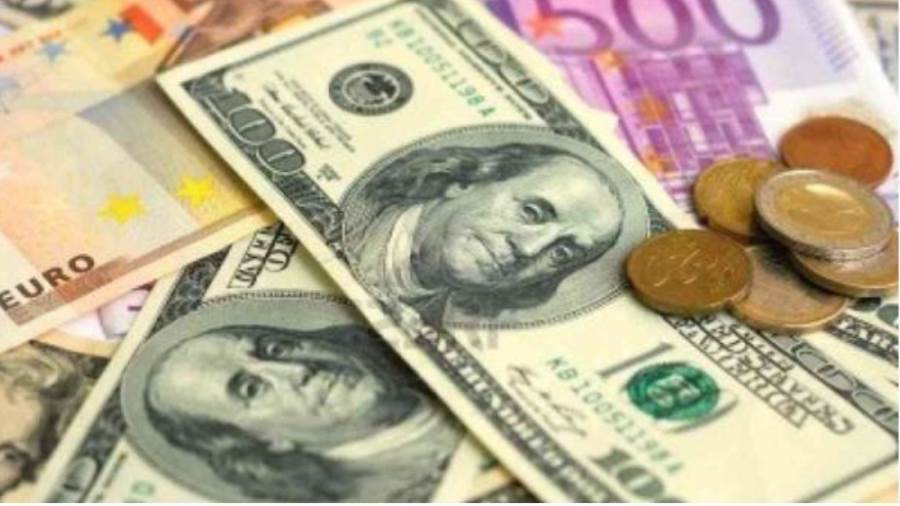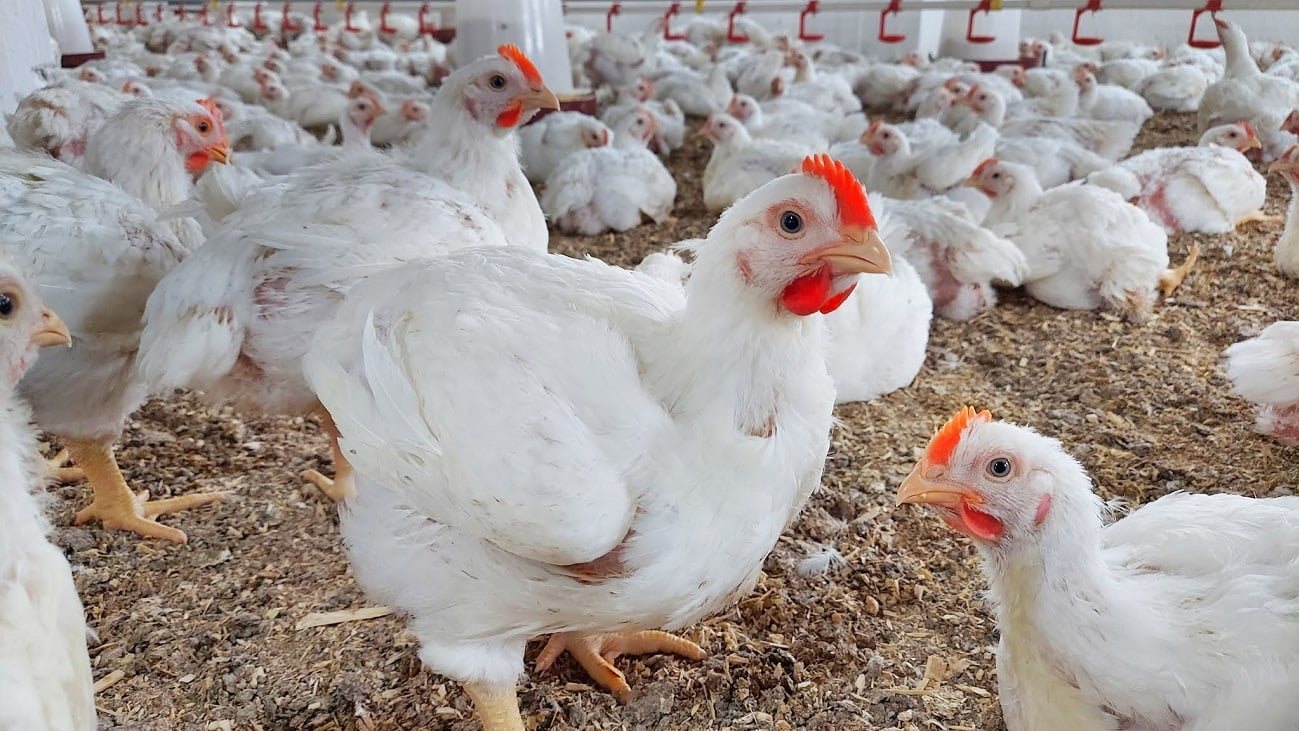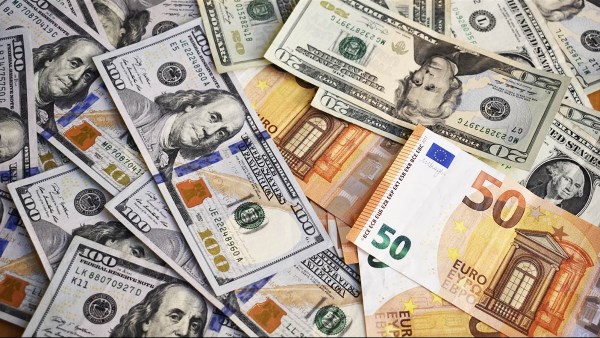
The central bank cut its benchmark interest rate by 25 basis points to 4.5%
Bank of England signals further easing after rate cut, slashes growth outlook

The Bank of England made its first interest rate cut of the year on Thursday, signalling further cuts were to come as it downgraded the U.K.’s growth forecast for 2025.
The central bank cut its benchmark interest rate by 25 basis points to 4.5%, with a majority of seven members out of the nine-strong monetary policy committee voting in favor. Two of the MPC’s members had voted for a larger cut of 0.5 percentage points.
Andrew Bailey, governor of the Bank of England, told reporters that the central bank expects to make further rate cuts this year.
“We expect to be able to cut bank rate further as the disinflation process continues. But we will have to judge meeting by meeting how far and how fast.”
“We live in an uncertain world and the road ahead will have bumps,” he said in a press briefing.
Economists had widely expected the central bank to trim rates, following a spate of lackluster U.K. growth data.
Weak retail data
The economy flatlined in the third quarter, according to data released in December, while the latest monthly GDP reading showed the economy expanded just 0.1% in November, after shrinking by 0.1% in October. Weak retail data last month also added to expectations that the BOE would cut rates. The BOE on Thursday halved the growth forecast it expected the U.K. to see in 2025, from 1.5% to 0.75%.
Britain’s inflation rate, meanwhile, fell to a lower-than-expected 2.5% in December, with core price growth slowing further — also fueling expectations that central bank policymakers would steer toward their first trim of 2025. The central bank’s inflation target is 2%.
The BOE said in a statement that there had been “substantial progress on disinflation over the past two years, as previous external shocks have receded.”
Nonetheless, it emphasized that “a gradual and careful approach to the further withdrawal of monetary policy restraint is appropriate.”
BOE monetary policy committee members must now judge how to balance the need to boost growth with the inflationary risk posed by a nascent trade war, as U.S. President Donald Trump plans to impose tariffs on America’s closest trading partners, and has threatened to apply the same measures on the EU and U.K.
The bank’s Monetary Policy Committee said it would “continue to monitor closely the risks of inflation persistence and what the evolving evidence may reveal about the balance between aggregate supply and demand in the economy.”
“Monetary policy will need to continue to remain restrictive for sufficiently long until the risks to inflation returning sustainably to the 2% target in the medium term have dissipated further,” it concluded.
Responding to the BOE’s interest rate decision, U.K. Chancellor Rachel Reeves said in a statement that the BOE’s interest rate cut was “welcome news” but said she was “still not satisfied with the growth rate.”
The chancellor claimed the Treasury’s plans to “kickstart economic growth” would work to “put more money in working people’s pockets” and said the government was committed to “taking on the blockers to get Britain building again, ripping up unnecessary regulatory barriers and investing in our country to rebuild roads, rail and vital infrastructure.”





-1120252475029447.jpg)
-920252122624392.jpg)




